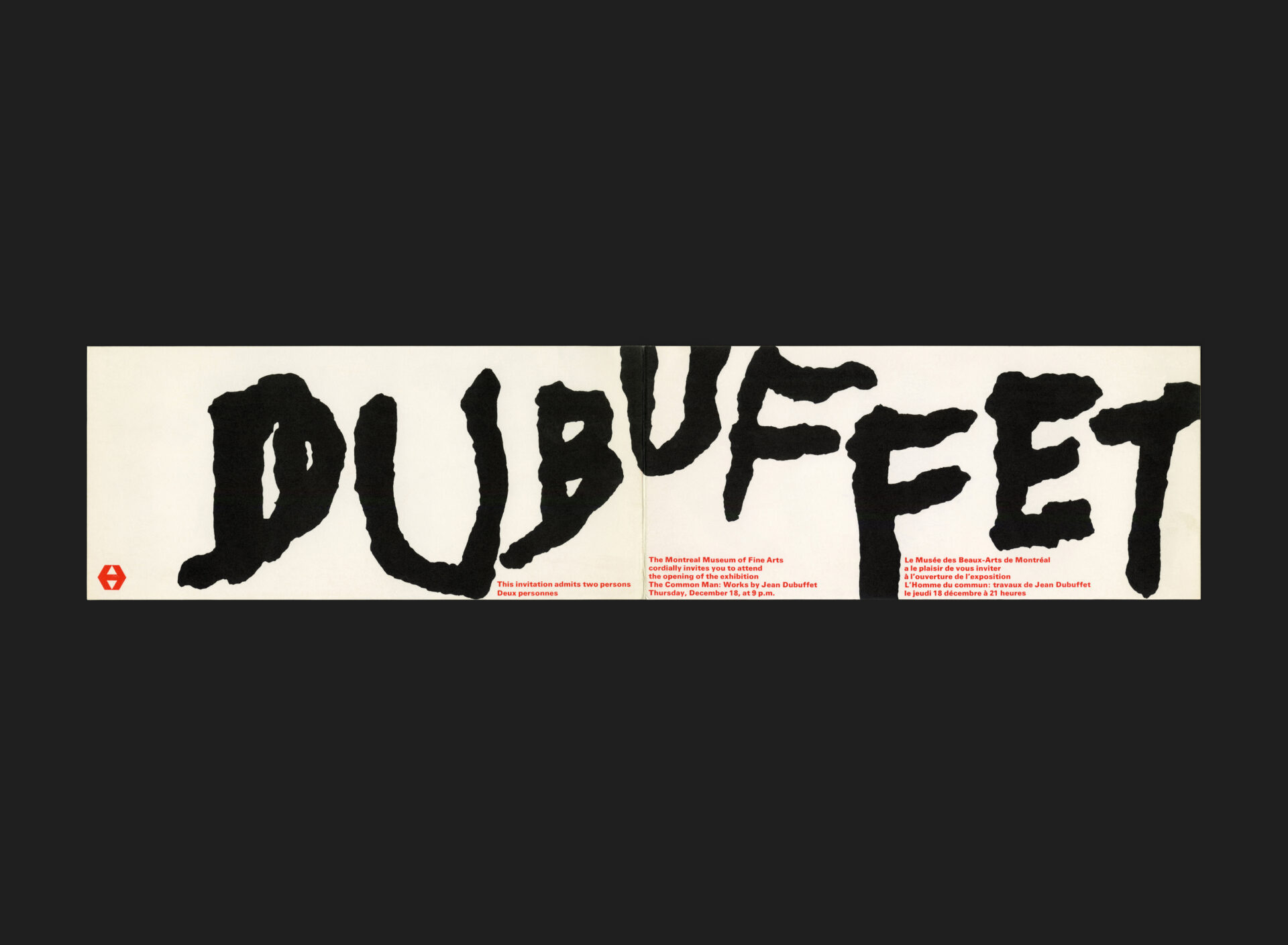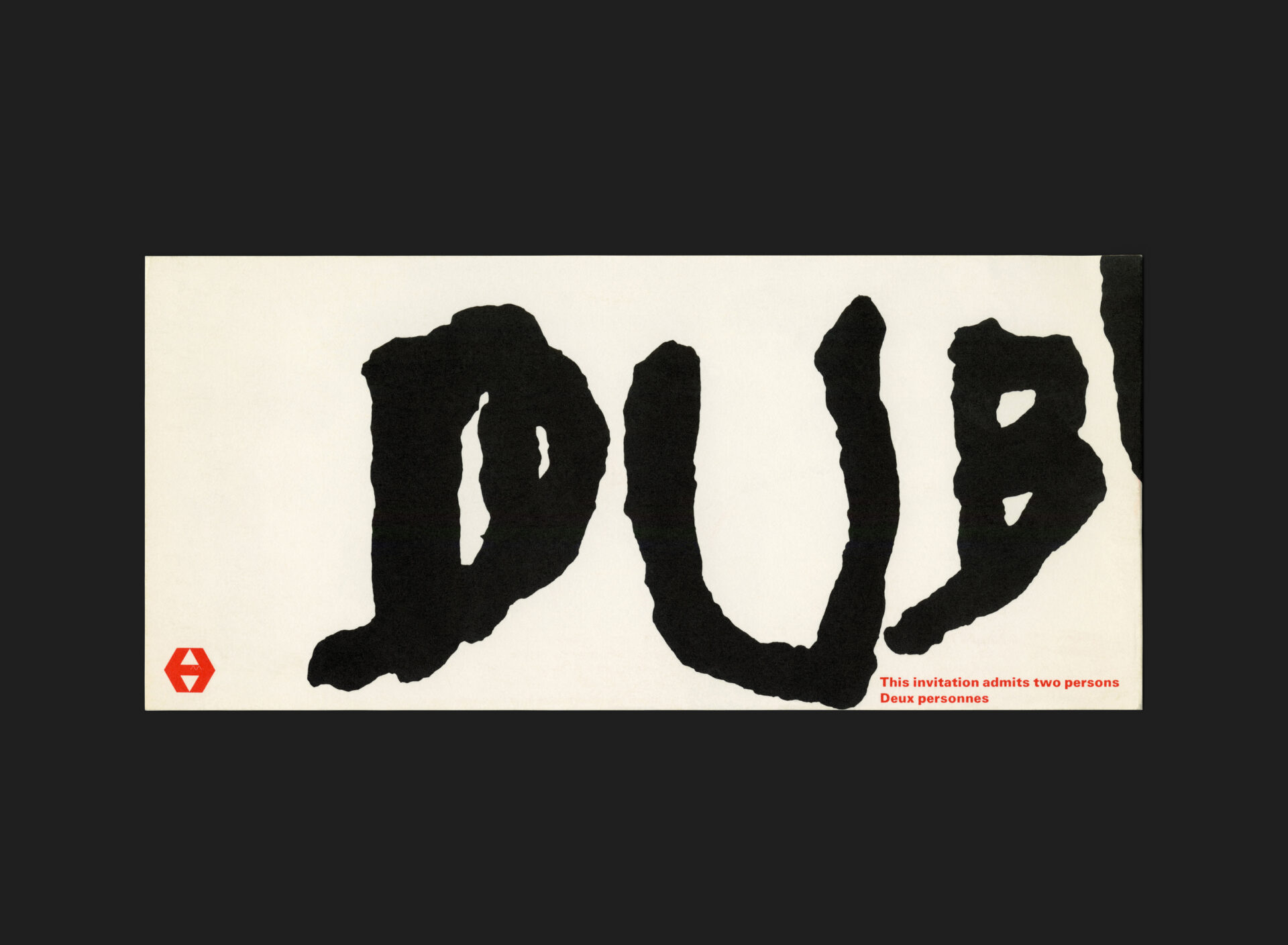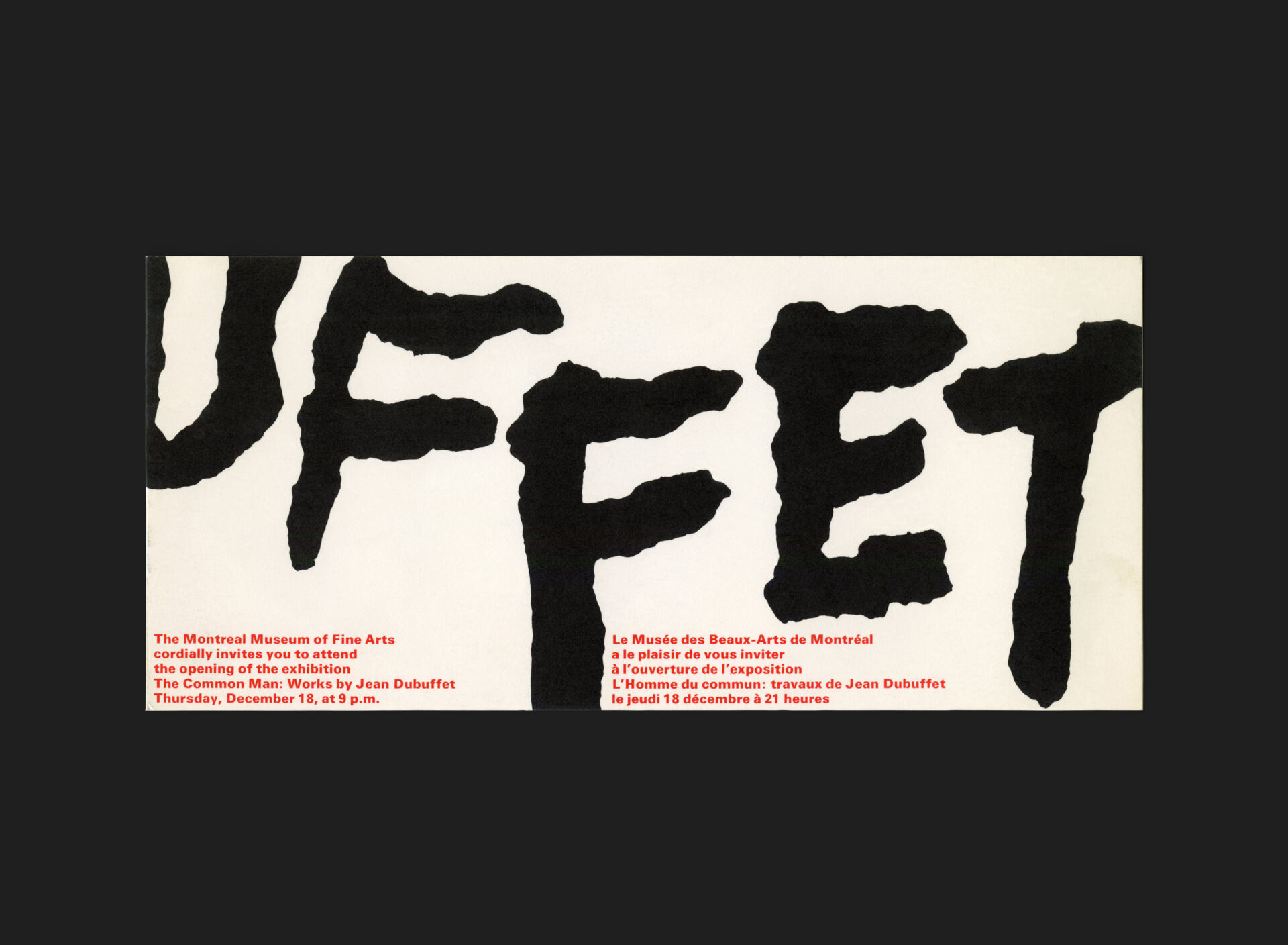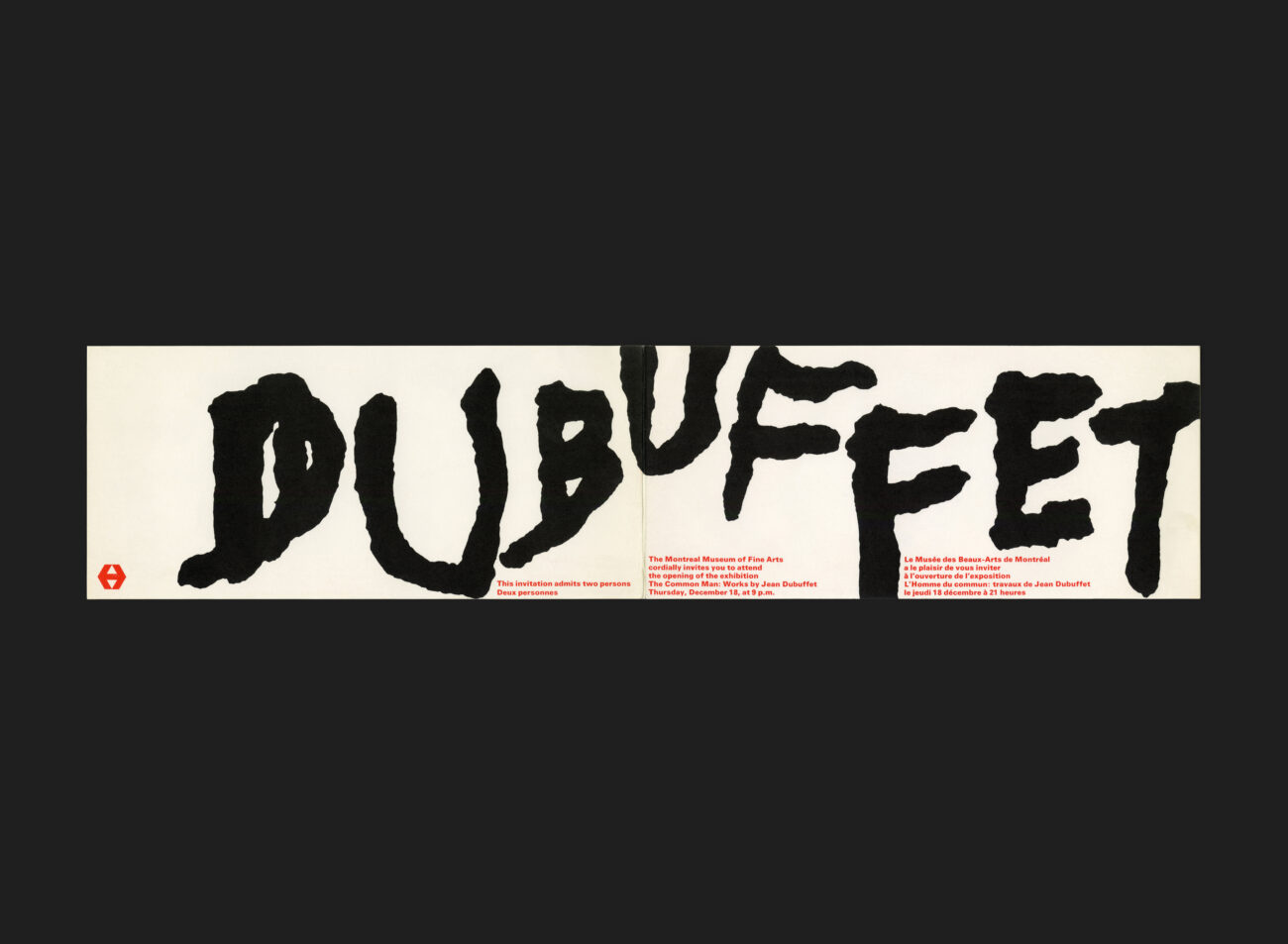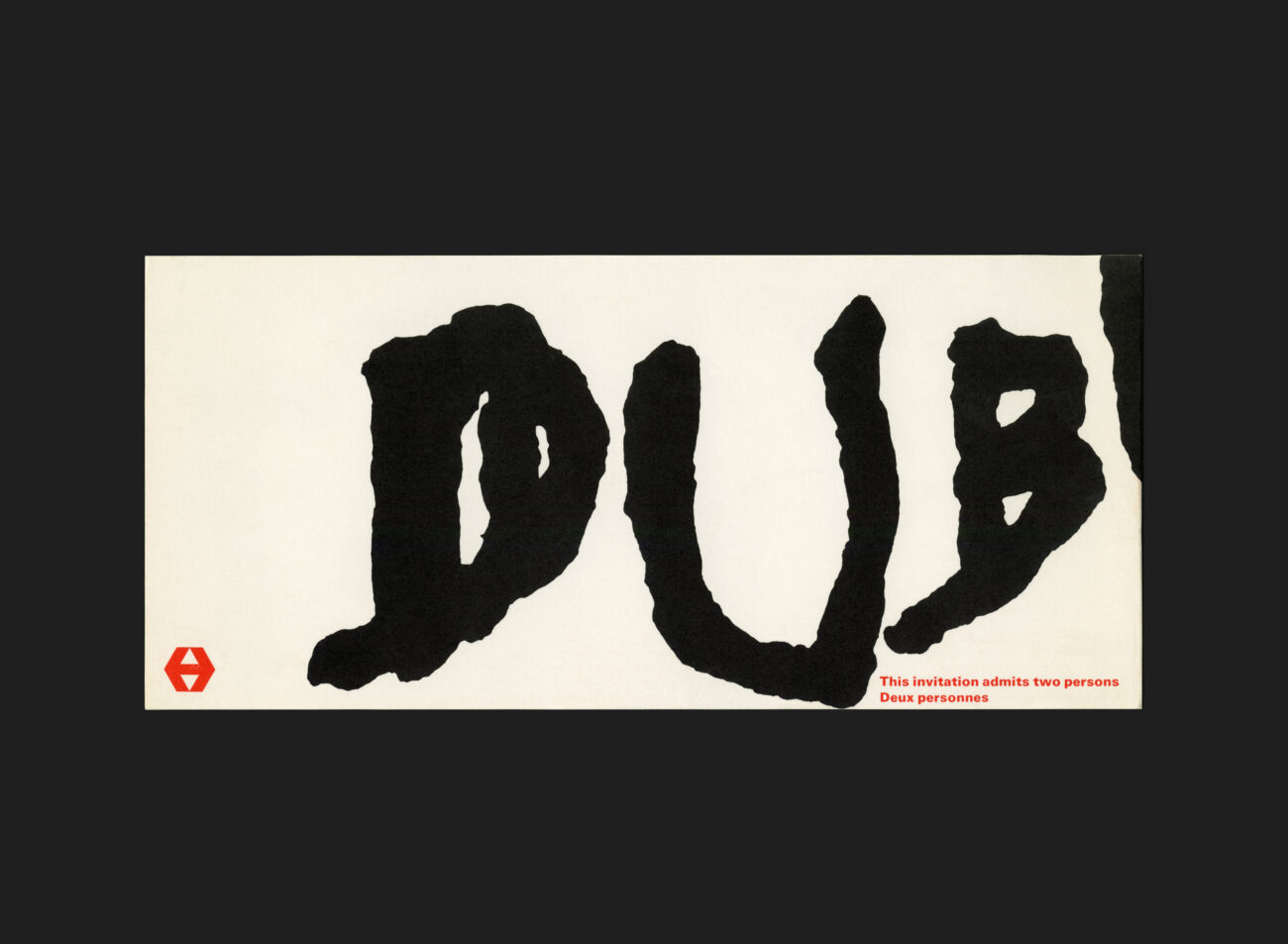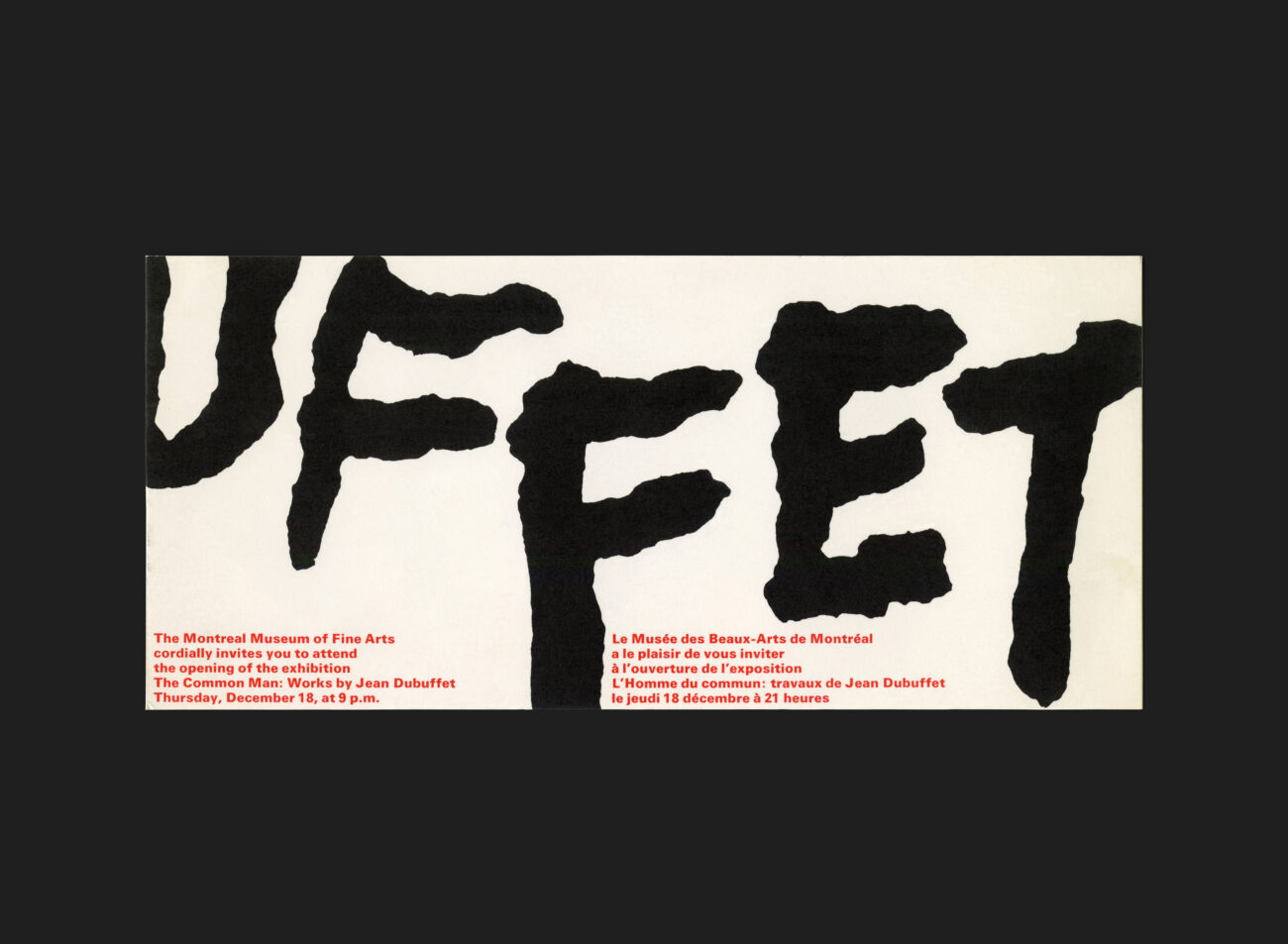Comment
Jean Dubuffet, was a French painter and sculptor who developed a personal style in his work, coined ‘Art Brut’ (which translates as ‘raw art’). Jean Dubuffet viewed fine art as being dominated by academic training, which he termed ‘art culturel’ (‘cultural art’). For Dubuffet, art brut encompassed graffiti and the creations of the mentally ill, prisoners, children, and primitive artists. This form of art represented the raw expression of vision or emotions for the common man, free from conventional constraints. Dubuffet sought to incorporate these qualities into his own work, and thus the art brut term. Many of Dubuffet’s works were created with oil paint, utilizing an impasto technique thickened with materials like sand, tar, and straw, resulting in unusually textured surfaces and further reinforcing his distinctive style.
Following the end of World War II, Dubuffet’s popularity in the USA grew rapidly, giving rise to regular exhibitions, especially in New York. This, of course led to further exposure across North America, including Canadian audiences, leading to this first retrospective exhibition in Canada (The Common Man: Works of Jean Dubuffet) opening on December 18, 1969 at the Beaux-Arts de Montréal.
From the year 1962, Dubuffet produced a series of works restricted to the colours red, white, black, and blue. It is this approach, along with the textured hand rendered type work, reminiscent of Dubuffet’s hand written style, that sets the direction for this invitation. A wonderful balancing act of the naivety of the textural art, and the rigorous order of the designer’s craft embodied in this simple folded piece.
All Archives
Go Back





